Ailerons – What are They, and How do They Work?
Thrust Flight
NOVEMBER 27, 2024
Ailerons are one of the main controls you use to fly the plane, so it’s important to understand how ailerons work. This is also one of those times when understanding a little bit of aerodynamics will make you a better pilot in the cockpit. appeared first on Thrust Flight.

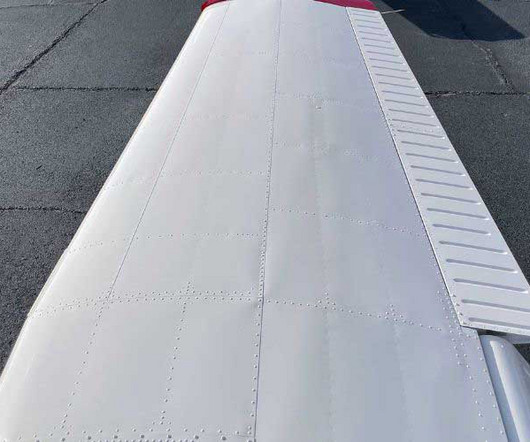

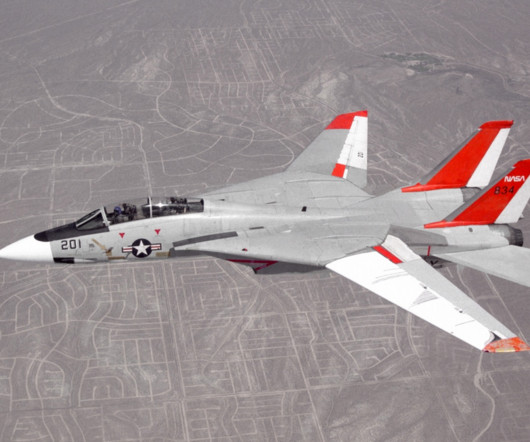


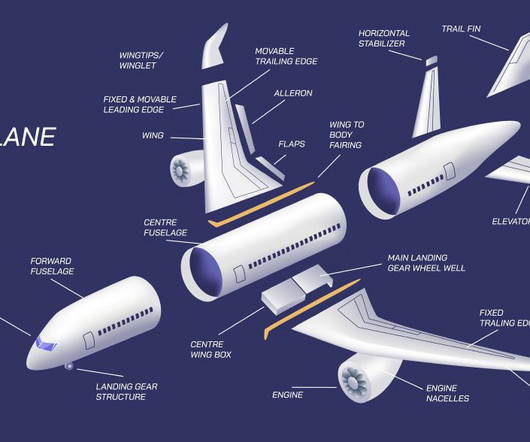

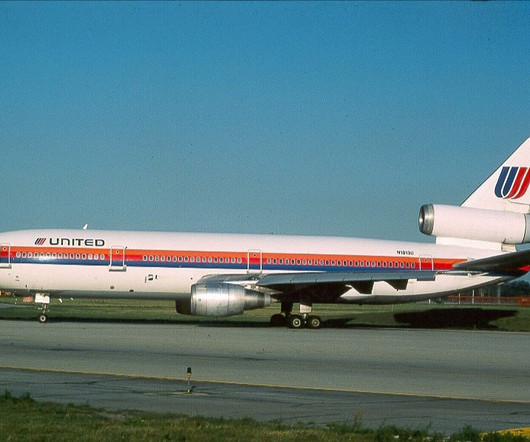
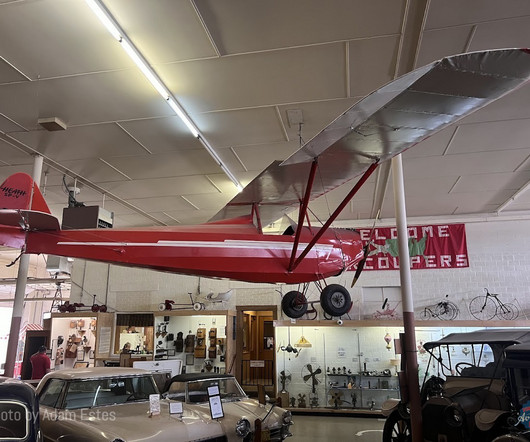
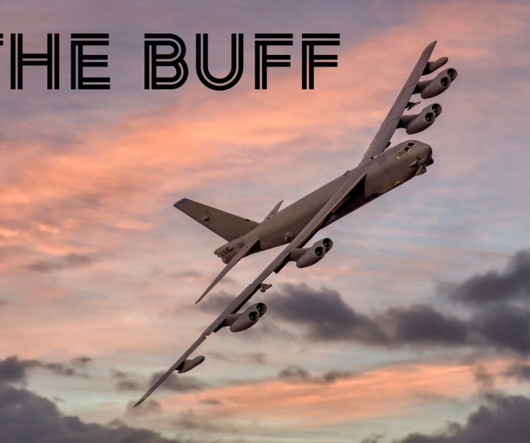

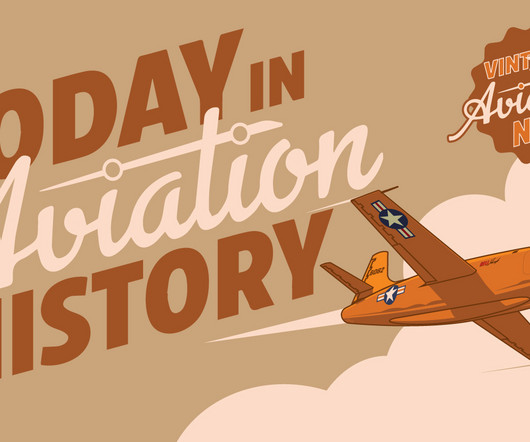







Let's personalize your content